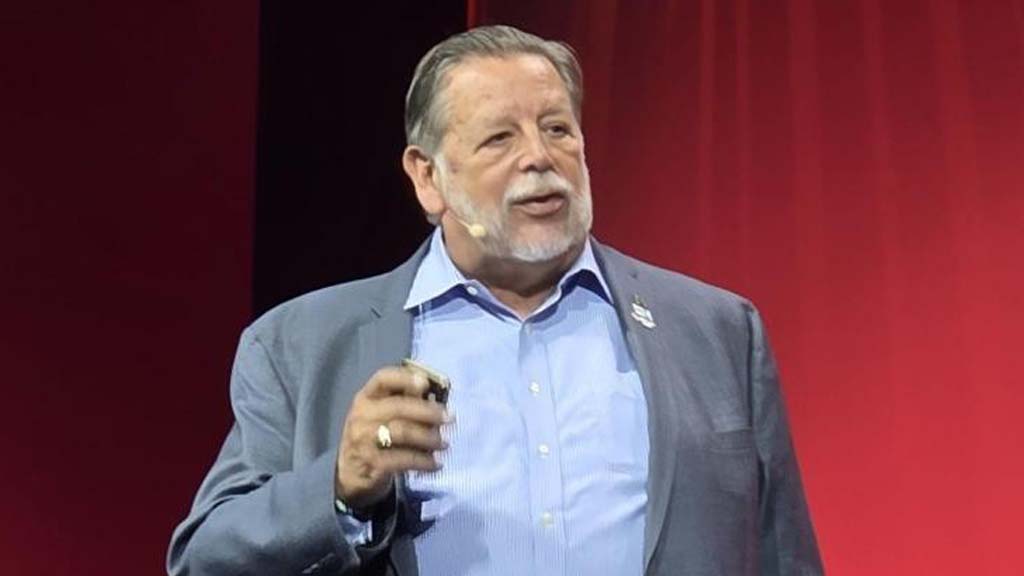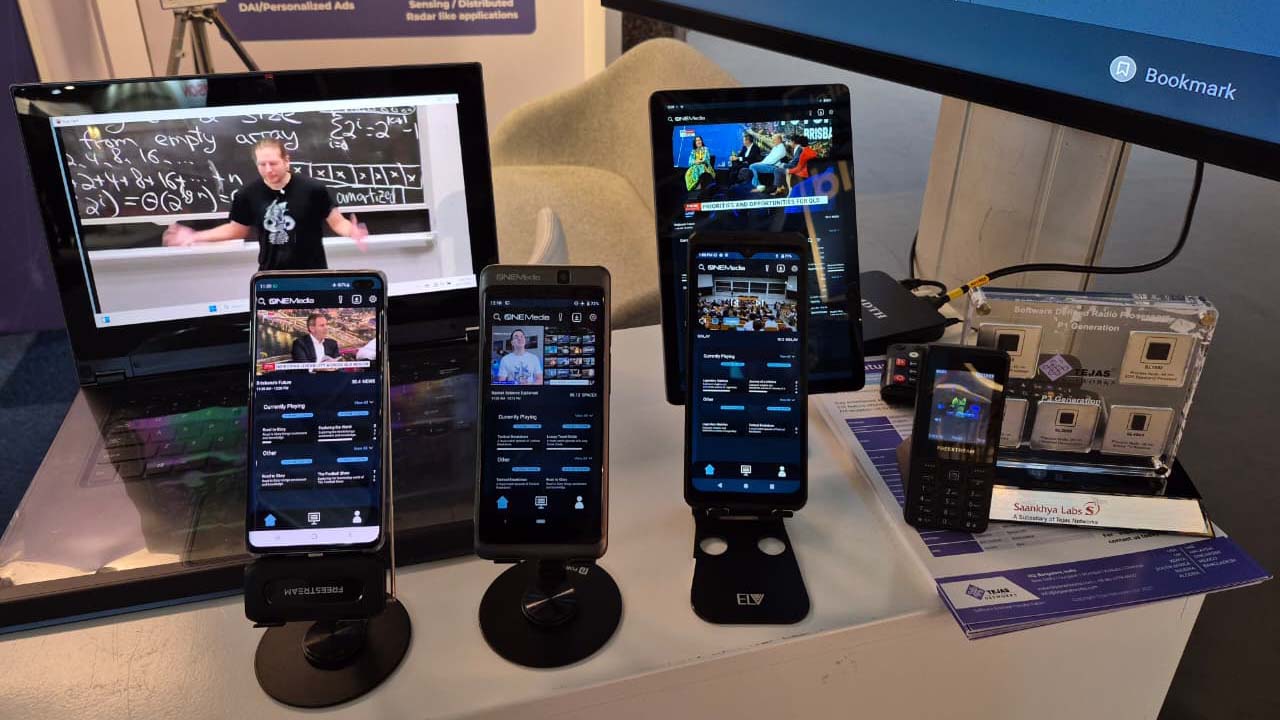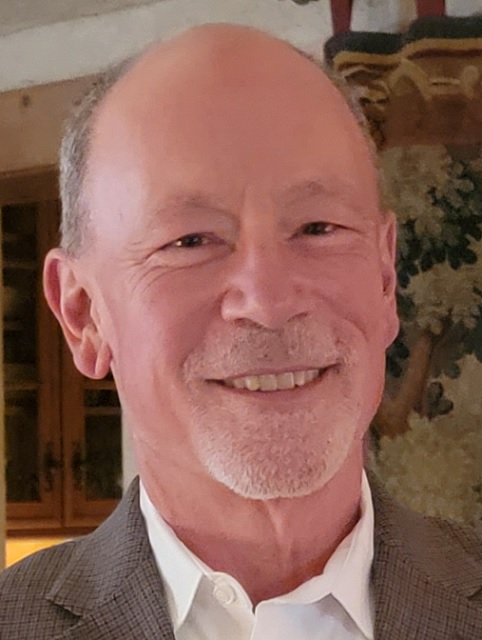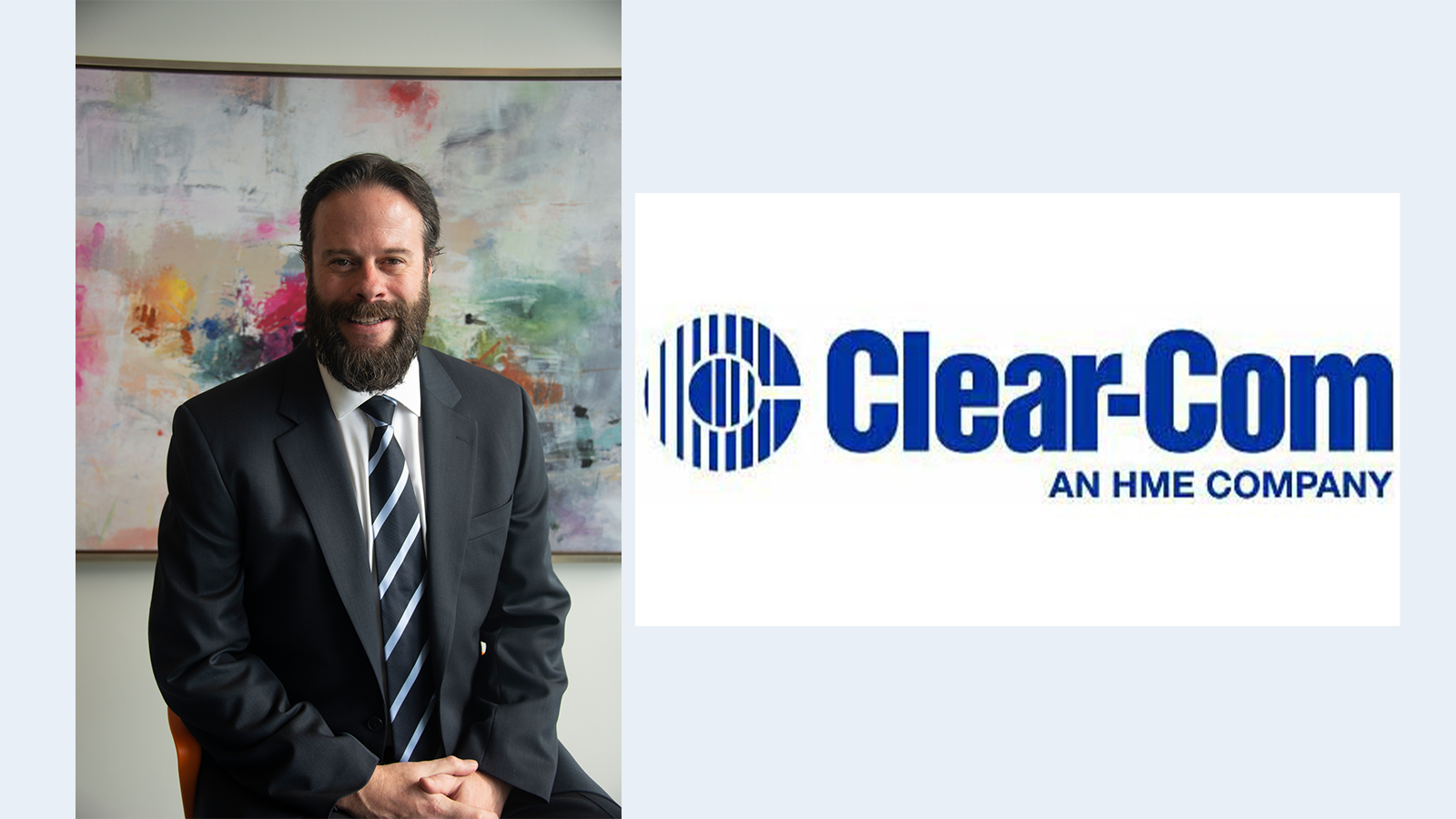Mark Aitken: ATSC 3.0 to Mobile Comes Down to Control of the Device Ecosystem
Back from last month’s IBC, the ONE Media president discusses mobile, data and more

Many U.S. broadcasters have refused to see mobile as an important part of their future, Sinclair senior vice president of advanced technology and ONE Media Technologies president Mark Aitken says. But he hasn’t.
Sure, the path to linear NextGen TV on mobile phones will be difficult, especially as carriers and device makers control the device ecosystem. But that hasn’t dissuaded him.
Returning from IBC in September, Aitken said he had conversations with fellow broadcasters from Brazil and India that illustrate the challenges of getting linear TV onto cellphones, as well as a possible solution.
In this interview, Aitken discusses the lessons broadcasters can learn from the ISBD-T SEG-1 mobile phone experience of Brazilian broadcasters, the role India and its direct-to-mobile (D2M) strategy may play, the growing ecosystem of ATSC 3.0-enabled consumer devices, and other key business opportunities that 3.0 offers U.S. broadcasters.
(An edited transcript.)
TV Tech: Broadcasters are on the cusp of greater certainty with respect to an eventual shutdown of 1.0 and, ultimately, 3.0 finishing the transition. Is there any reason to think that the wireless carriers and their device vendors will enable linear TV to be received on mobile phones?
Mark Aitken: I think the answer to that is no. Not linear TV, but what we have to offer through ATSC 3.0 that is not TV in the conventional sense they will, over a relatively short period of time, come to understand that the multicast broadcast capabilities of ATSC 3.0 can work to their advantage.
TVT: Let’s set datacasting aside for a moment and focus on linear TV to mobile phones and devices offered by carriers. Why won’t that happen?
MA: I think the issue of controlling the device is a very real issue. One example came out during conversations at IBC with some Brazilians. As you know, Brazil recently adopted ATSC 3.0 for their terrestrial television.
The professional video industry's #1 source for news, trends and product and tech information. Sign up below.
Part of the Brazilian experience brought to light what ended up happening as it relates to ISDB-T. Previously, they elected to use ISDB-T for their physical layer and ended up doing their own version of some of the middle layers of the ISO stack, but they wanted mobility.
They were very aspirational and saw a future that U.S. broadcasters have long refused to see as a future. They see mobility as being an important part of their future, and they made the decision for ISBD-T.
[Editor’s note: Brazil officially adopted ISDB-T in June 2006. In August 2025, it adopted the ATSC 3.0 physical layer for its next-gen DTV+ system.]
And just as use of their linear mobile channel was available and a flood of devices that came to the Brazilian market—because the other alignment for ISDB-T was Japan, as Japan already had it—you had a large number of mobile device manufacturers that were already building ISDB-T 1-SEG-enabled mobile devices.
As they started to come into the market, suddenly other options for delivery of video came along, and that was the business of the carriers, and the broad availability of these free-over-the-air-capable phones suddenly dwindled down to just a couple of devices that were available, squeezed out by the mobile network operators.
It's clear. They’re in the business of making money. People want to watch relevant content. There was and continues to be a large amount of relevant content that TV broadcasting delivers, whether it’s local news or sports.
But they squeezed ISDB-T as a free service out of existence because they control the device universe. When someone like Qualcomm makes the statement: “We have no intent to build separable chips for broadcast services. 5G Broadcast is part of our silicon,” you know what they are making very clear is that the services and capabilities that the mobile network operators are demanding at the core of the devices that serve their consumers at the end of the day they will control.
Just because 5G exists as a small area on a 7nm chip structure in the middle of a phone doesn’t mean the carriers are going to allow its use. There are lots of ways to figure that one out.
In the U.S., you can use MediaFLO as an example. At the end of the day, Verizon could never come to business terms with a separate entity to operate the MediaFLO network.
(Read: Opinion: Why European broadcasters need to gain control of the mobile device ecosystem)
Verizon tried to operate it themselves, and they began to realize there’s a lot to this business that they didn’t understand. There’s a lot to the licensing side. There’s a lot to the IP royalty side.
This all enhances at least this one guy’s opinion: Thinking that Qualcomm and the mobile network operators are going to allow broadcasters to continue in the business of operating free-over-the-air television to mobile devices, it's insane to imagine that that's going to be the case. And I believe it’s a trap.
Will ATSC 3.0 ever make its way onto a system on a chip at the heart of a phone? I think that, again, it comes back to having success in showing a plentiful device universe.
TVT: Where does development of that universe stand?
MA: Well, I think that some years after we have success in showing a plentiful device [ATSC 3.0] universe is when 3.0 as a system on a chip may emerge.
By the way, we showed smartphones, tablets and obviously television sets, USB dongle devices and feature phones [with 3.0 receivers] at IBC in September.

Feature phones are a class of devices that I would venture to say you will never find Qualcomm engaged in supplying because the economics aren’t there.
We see that as an opportunity, particularly in a country like India or any number of developing nations, and we’re clearly going after some of those market opportunities.
My point is, we’ve had discussions with MediaTek and Qualcomm. By the way, MediaTek provides more SoCs [system on a chip] in the mobile phone market than Qualcomm—more than anybody in the world.
They are very clear. Show us a market that wants ATSC 3.0 and it’ll be on the SoC.
Until then, we've got a more than capable chipset. The fact that I can show you a half-dozen different types of devices that fill out that ecosystem shows that if we can do it, I would venture to say just about anybody can.
It's not our core business, but we feel that strongly about mobile that we’ve put in much effort to make that happen.
TVT: You brought up India, which has announced it favors a direct-to-mobile (D2M) strategy but hasn’t yet selected how it intends to make that happen. Where do things stand with ATSC 3.0 as the solution?
MA: Look, you know, if India adopts ATSC 3.0 for D2M and every imaginable device, that would be huge.
At IBC, we spent a lot of time with the chairman of Prasar Bharati, the public broadcaster in India, discussing exactly the future in India.
Has ATSC 3.0 been chosen? No, not yet. You’ve got a bureaucracy that’s being navigated. At the same time, you have other interests that don’t see that it’s to their benefit that ATSC 3.0 is chosen. So, we don’t have a slam dunk in India, but at the same time, most stakeholders in broadcasting have been engaged in support of ATSC 3.0.
Will a minority faction win out? Well, I guess some of that will come down to money and how much people are willing to lie. And you can quote me on that.
TVT: You mentioned how important feature phones with 3.0 reception will be in developing markets like India. Are there any other devices?
MA: I did leave out another class of devices. Intel now has a reference for ATSC 3.0 on their laptops. One of the reasons for that is remote learning, which is an exceptionally important piece of the puzzle in India. I can tell you that there is a another very large, well-known PC manufacturer that is moving to integrate ATSC 3.0.
TVT: Earlier, you said you believe carriers ultimately will recognize the multicast broadcast capabilities of ATSC 3.0. Why?
MA: This is because of the IP nature of the standard and the work that is going on openly now in ATSC with B2X [broadcast to everything.]
B2X is a two-stage program. It’s activity that ONE Media started and has been engaged in for more than three years. For more than the last year, it’s transitioned to a small group inside ATSC. The membership knew about it, but now it has become public-facing. ATSC has broadcast to the rest of the world that this activity is underway and is inviting folks from across the spectrum of telecom to participate.
What ATSC 3.0 has to offer is its unique multicast broadcast capabilities lend themselves to providing an economic incentive for large mobile network operators to contract capacity inside of our spectrum. Sinclair and ONE Media have been public about some of that activity. We've done webinars with a large focus on automotive.
I can tell you that it was a learning experience. It was one of the reasons that we internally decided to develop B2X broadcast-to-everything because we began to understand the needs of those folks who we saw as being potential clients in that datacasting activity.
We’ve also talked about CDN [content delivery network] offloads. When you dig deep into those verticals, it’s certainly not the same vertical we’re in as televisioners, but you begin to understand the unique relationship they have with the carriers and the uniqueness of that carrier infrastructure.
To be really attractive to them as a carrier of their bits, our bits and their bits need to be equals in the way they are formed, and the way that they are received and processed. That’s what B2X is all about. It is a bridging technology that’s nearing completion.
Phil Kurz is a contributing editor to TV Tech. He has written about TV and video technology for more than 30 years and served as editor of three leading industry magazines. He earned a Bachelor of Journalism and a Master’s Degree in Journalism from the University of Missouri-Columbia School of Journalism.

